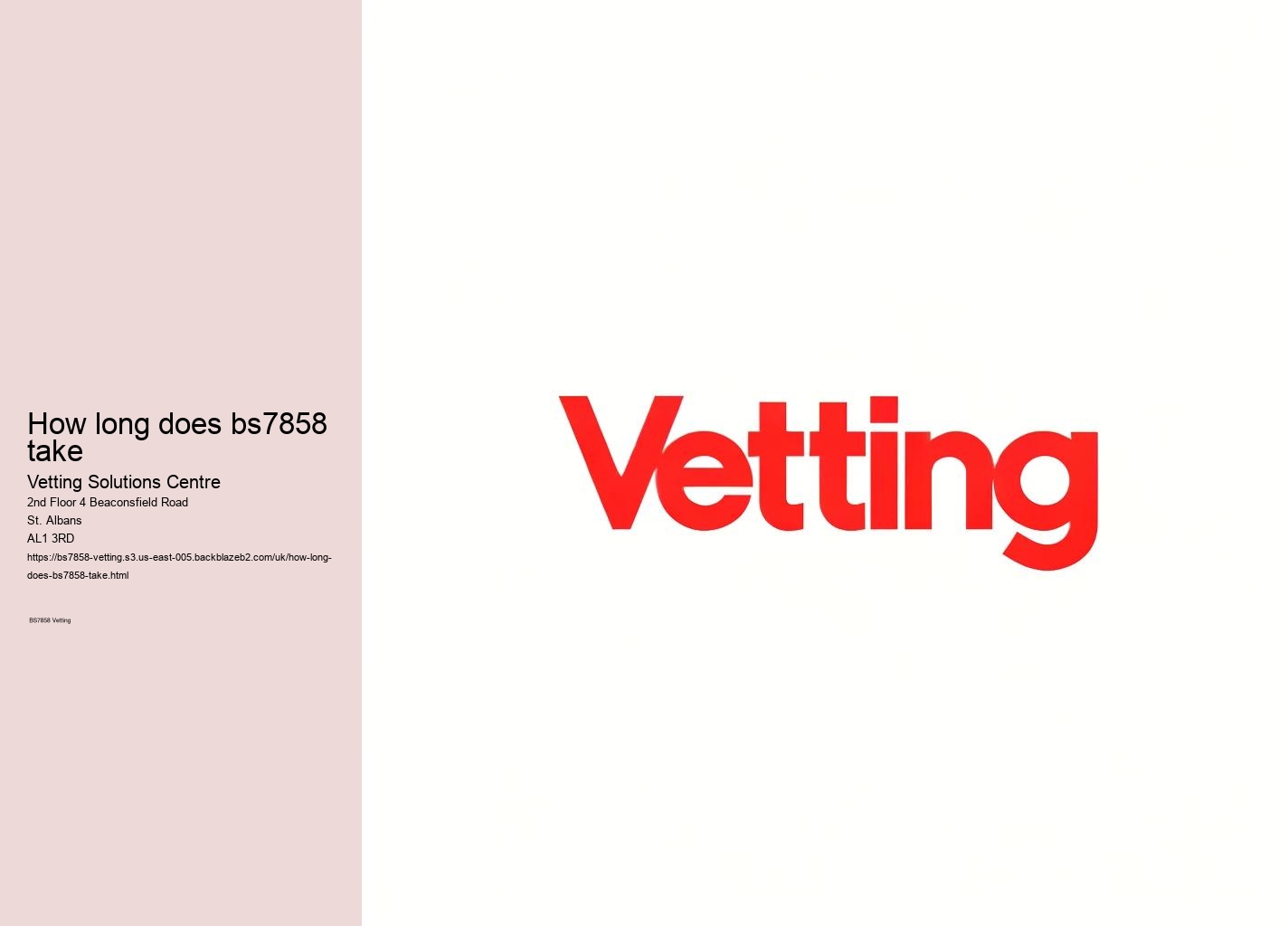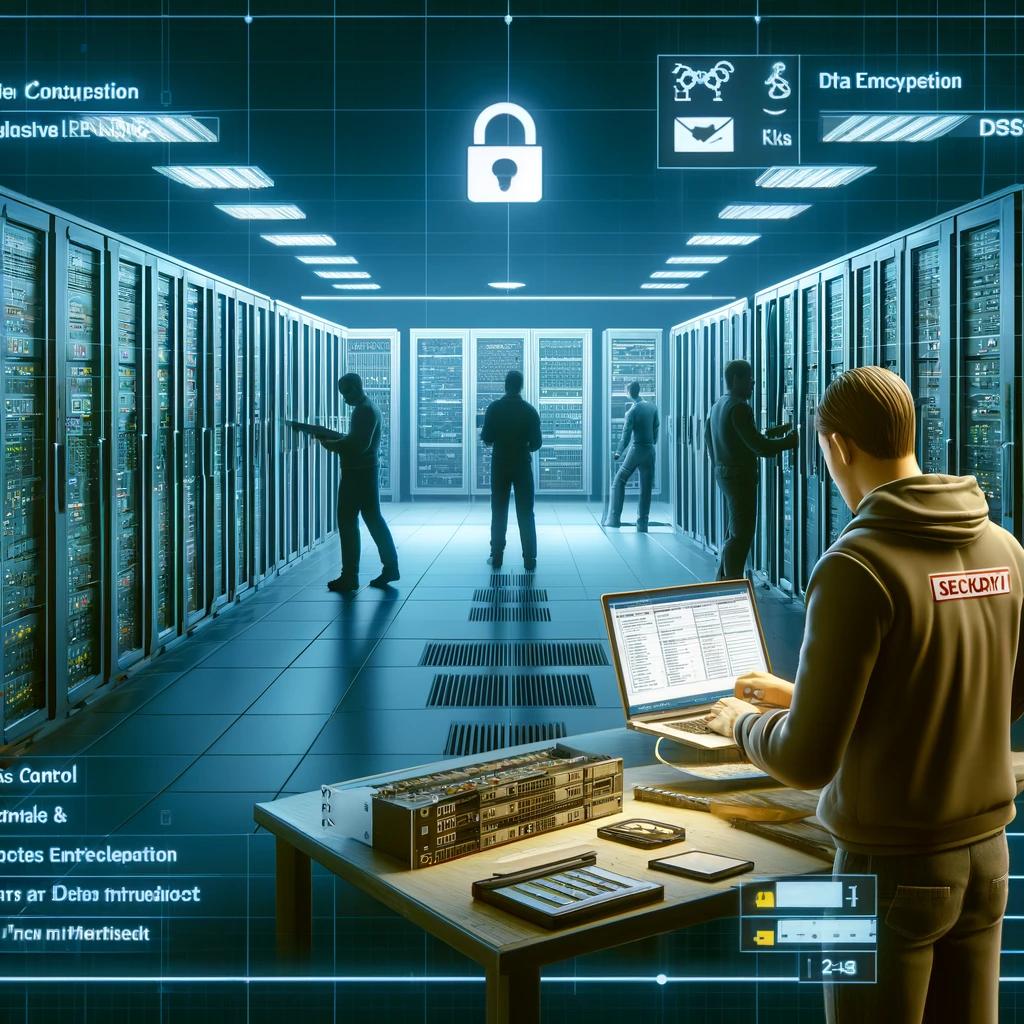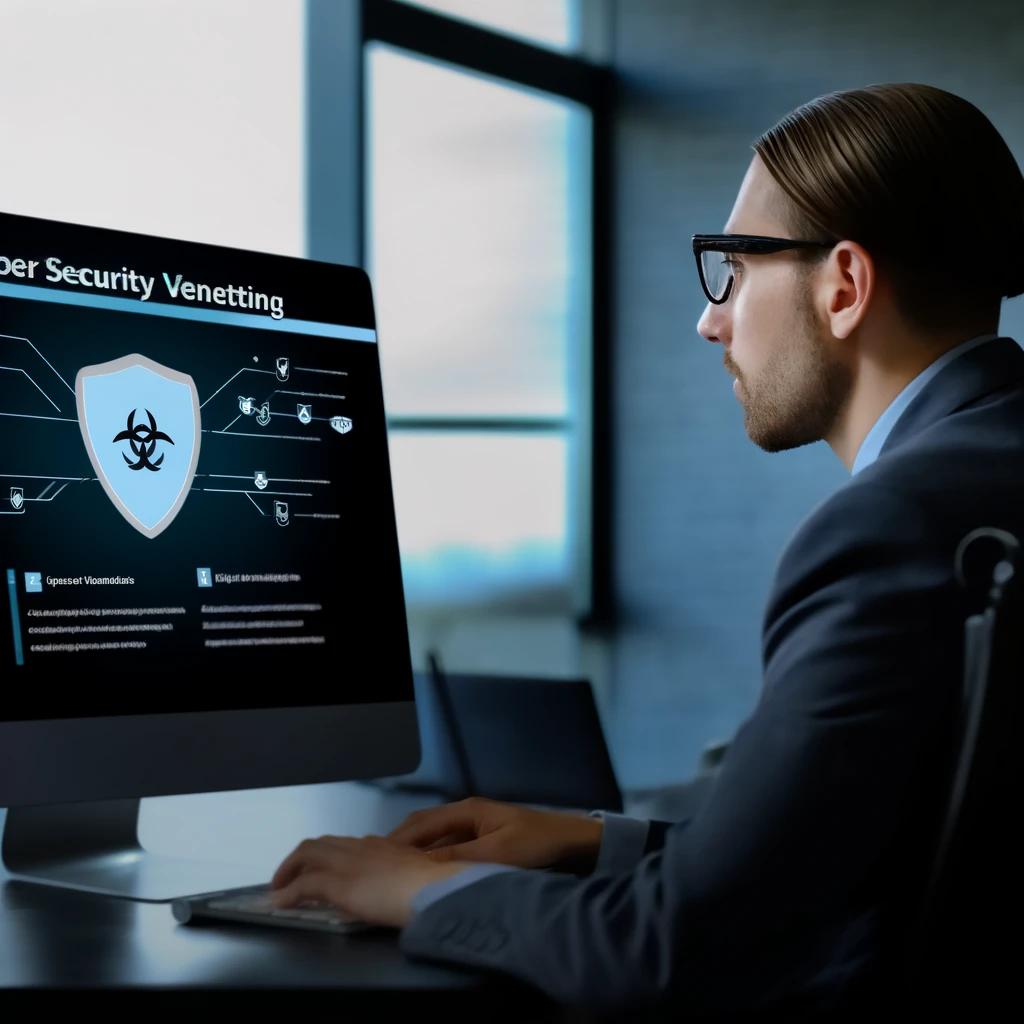

Are you striving for the utmost level of security within your organization? Enter the realm of BS7858 vetting, a meticulous screening process that sets the bar high for safeguarding your workplace. From fundamental background checks to in-depth employment history assessments, this vetting system covers all the bases.But wait, there's more – additional measures like credit evaluations and sanctions screenings elevate the standard even further.Stay tuned to discover how BS7858 vetting can transform your recruitment practices and elevate your peace of mind.
When considering the BS7858 Security Screening Overview, trustworthiness stands as the cornerstone of the meticulous vetting process. This standard, established by the BSI, ensures that individuals seeking employment in secure or high-risk settings undergo a comprehensive screening procedure. The process includes basic DBS checks, ID verifi-cation, right to work checks, and a thorough 5-year employment history review. By en-compassing additional assessments like credit checks and sanctions screening, BS7858 aims to bolster trust and safety in recruitment practices. This meticulous vetting is im-perative for cultivating secure work environments and fostering trustworthy employees.
BS7858 goes beyond mere compliance, offering a robust screening method that's widely regarded as best practice, although not mandatory for SIA licenses. The 2019 version of BS7858 has introduced new elements such as social media checks, global watchlist screenings, and specific guidelines for retaining candidate records. By requiring various checks ranging from identification and address verification to credit assessments and professional memberships validation, BS7858 sets a high standard for ensuring the integ-rity and reliability of personnel in diverse sectors.
Key Differences Between BS7858 Versions
Moving from the focus on trustworthiness in BS7858 Security Screening Overview, the key differences between various versions of the standard bring to light significant enhance-ments in the vetting process.
1. Social media checks were recommended in BS7858:2019 but weren't included in the 2012 version, indicating a shift towards considering online presence in vetting processes.
2. Character references were removed as a requirement in the updated BS7858 standard, streamlining the vetting process and focusing more on objective checks.
3. Global watchlist checks were added to the vetting process in BS7858:2019, broaden-ing the scope of background checks to include international databases for enhanced secu-rity measures.
4. The retention period for candidate files was specified in the 2019 version of BS7858, providing clarity on how long the vetting information should be kept on record for compli-ance and auditing purposes.


These changes reflect the evolution of BS7858 towards a more comprehensive and standardized approach to security vetting.
Benefits of Utilizing BS7858, Why should you consider utilizing BS7858 vetting for your se-curity screening needs?BS7858 vetting offers a robust framework that ensures compre-hensive background checks for employees in security-sensitive environments. By imple-menting BS7858, you gain peace of mind as an employer, knowing that your workforce has been thoroughly vetted for trustworthiness and safety.
This standard is widely recognized and utilized in sectors such as finance, healthcare, and IT to bolster asset protection and regulatory compliance. One of the key benefits of BS7858 is the additional layer of protection it provides in safeguarding assets and ensur-ing adherence to industry regulations.
Through checks on identification, address, right to work, credit history, employment rec-ords, and professional memberships, BS7858 vetting guarantees a meticulous screening process. Embracing BS7858 can be instrumental in fostering secure work environments and cultivating a team of reliable and compliant employees.
Target Audience for BS7858, Considering the critical role of thorough background screen-ing in maintaining secure work environments, identifying the target audience for BS7858 vetting becomes essential to ensure trust and safety within various industries. The fol-lowing groups are typically the target audience for BS7858 vetting:
1. Employees in the Private Security Industry: Given the nature of their work in safe-guarding assets and individuals, employees in this sector are a primary focus for BS7858 vetting.


2. Individuals working in Secure Environments: Those operating in high-security settings benefit from undergoing BS7858 screening to uphold the safety and integrity of such envi-ronments.
3. People in Positions of Trust: Individuals entrusted with sensitive information or respon-sibilities are suitable candidates for BS7858 checks to maintain trust and confidentiality.
4. Suppliers and Contractors with Access to Secure Facilities: Those with access to se-cure areas or confidential information may be required to undergo BS7858 vetting to en-sure the security of the premises and data.
BS7858 Vetting Criteria
BS7858 vetting criteria encompass essential checks such as ID verification and right to work validations. In addition to these fundamental checks, the vetting process requires a detailed 5-year written career history and financial probity checks.
Ensuring the trustworthiness of candidates, BS7858 also includes criminal records screening and global watchlist checks. These criteria aim to establish a thorough under-standing of an individual's background, confirming their eligibility to work in secure envi-ronments and high-risk settings.
